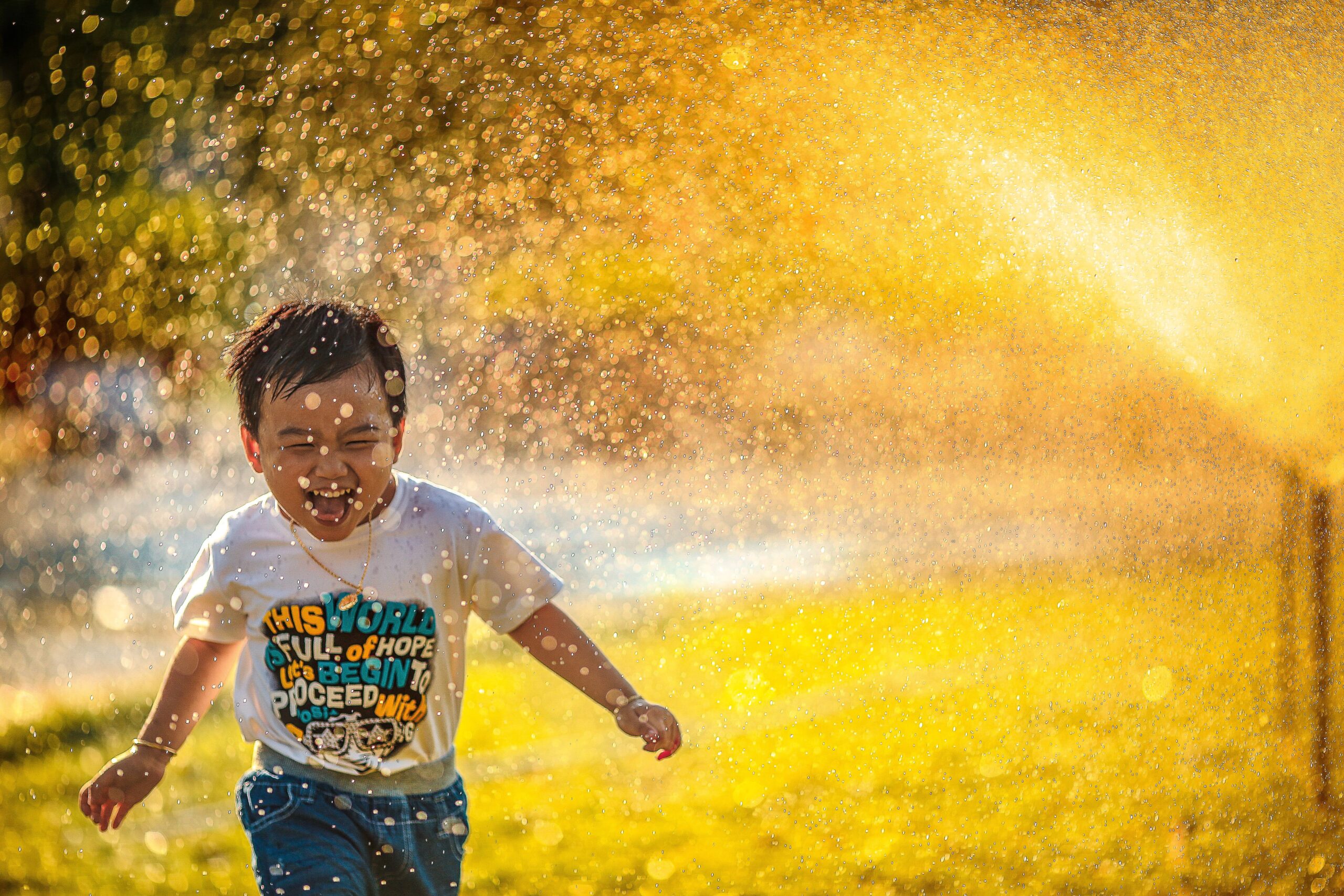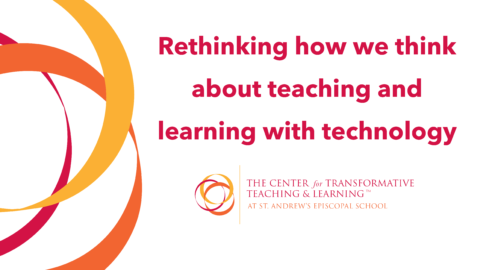In 20 plus years of teaching, I have never known a year like this one. It’s critical that we help our students balance stress in an effort to support learning achievement.
Some strong students who were thriving a year ago are now seldom handing in finished work. Classmate relationships are frayed, with frustration and argument. Academic confidence is giving way to self-doubt. Eyes eager to learn are becoming dulled through the Zoom-mist and scarcity of social connection with peers.
I also see our learning community coming together to support each other and digging deep to move forward with optimism. As I work through my own struggles at this time, I have a driving desire to do better for our students, to be better at recognizing what is really impacting their growth and know more about practices I can include in my day to ensure that I am in no way adding to the stress this period in history has visited upon us. I want all the students in our school to reach their academic potential despite the obstacles of this year.
The current COVID-19 pandemic has impacted us all in ways that feel akin to a prolonged natural disaster, bringing with it the stresses associated with our experience of this world and our place in it being turned on its head. The American Psychological Association identifies the common responses to disaster along with some evidence-based resiliency practices that support positive psychology in their 2013 article, “Recovering emotionally from disaster.”
As I read through the list of common responses to disaster, including unpredictable emotions, changes in behavior patterns, sensitivity to the environment, strained personal relationships, and the physical symptoms of stress, I am struck by the correlation to what I see happening in my own early childhood and elementary learning environment. Somehow, knowing others have found a pathway of healing and resilience after disaster gives me the energy I need to rise out of these circumstances and forge forward with our students in my wake, carried on by the force of my will and a toolkit of good evidence-based strategies.
But what are those strategies?
I am eternally grateful to be the Lower School Research Lead, working closely with a group of educators dedicated to unearthing strong research and scrutinizing the misconceptions we all carry with us as products of our own education. The CTTL offered me a place to start looking, and informed guidance as I read more broadly on the impact of stress on learning outcomes for our youngest students.
Here is what I learned:
Not all stress is bad stress
Some stress is actually performance enhancing. This was a revelation to me when I first heard it and is explained well by Renee Jain in her 2015 Edutopia article. This idea leads me to create the circumstances for productive stress (eustress), even while I work to reduce the chronic and overwhelming stress many of my students are experiencing this year.
My most recent action has been in my role as the Lower School Teaching and Learning Strategist working with upper elementary students to explore personal goal setting (SMART goals) for the final portion of the year. Rather than letting them coast along in a misguided attempt to reduce stress load, I decided to support them to bravely imagine a pathway to goals that will stretch them even in the face of adversity.
For me, this is a moment where I am looking at the science and translating what I understand into the daily experience of the students in my care. Will this one practice lead to positive academic outcomes? I have yet to find out, but I know that students are feeling empowered to initiate ongoing conversations with me around their goals and there is an elevated culture of purpose reported by teachers in their classrooms each day. The formative and summative assessments given by teachers will tell the rest of the story over time.
Focus on what you can control
There are stress factors educators have no control over; a lack of sleep, loving interaction at home, and good nutrition are negative factors that compromise capacity for learning in our young students. However, if we dwell on these factors, we can feel defeated even before we attempt to impact the areas of our students’ experience that we do have influence over. Deciding to focus on what I can control was a moment of personal relief for me that remains emotionally stabilizing as an educator with many years of classroom experience.
Create opportunities to release stress
Recognizing that changes in behavior and performance in students might be connected to heightened stress at this time allows me to take steps in our learning environment to actively work toward making school a calm, safe, and increasingly joyful oasis in their day.
One thing that researchers across disciplines agree on is the impact of exercise on stress in the body. In this at home/at school/half-in-half-out world, I found a way to increase time for moments of movement during my time teaching in classrooms. Prioritizing this time allows students to destress and the impact I see is increased availability for the cognitive work that follows.
Another strategy that has a growing body of promising research in the elementary environment is incorporating practices of attunement (visualizations, Tai chi, Yoga, mindful breathing). Our school has for several years encouraged elementary teachers to dedicate time in their schedule for these practices, leaning on the Peace of Mind curriculum out of Lafayette Elementary School in Washington, D.C., and the MindUP curriculum by the Goldie Hawn Foundation. This work has proven to be indispensable not only for our students, but also to calm the frayed nerves of faculty who are working above and beyond to meet the needs of their students and the demands of the times.
Consult your toolkit
Some teaching practices can actually increase stress for students unnecessarily. Unmanaged workload, confused instruction, and a threatening classroom climate all add strain to our students’ lives and if left unchecked can compound issues of school refusal and disengagement. This is a call to action for me. I might be having a hard year, but I can’t sleep at night knowing my choices, words, and mismanagement could be harming students.
As part of my work as Lower School Research Lead, I spent the last year leading a team of educators from both private and public schools to create The Elementary Placemat: MBE Strategies for Teaching & Learning, published by The CTTL, which offers an abbreviated list of evidence-informed strategies for educators like me. The field of Mind, Brain, and Education is so broad and rich in evidence that none of us, even those of us who wrote the tool, are able to remember everything, all the time. I look to it for guidance on specific areas of my practice to target as I prepare to make a difference for our students.
This month, it reminded me that reviewing homework requirements, improving feedback, increasing formative assessment, and generally doing inventory on my curriculum and lesson design for stress points are key ways I can target my efforts along lines evidence points to as reducing school stress and increasing academic success.
So, my work now is to collaborate with colleagues to reduce homework load across our Lower School and upskill as an educator by finding mentors (live and in print) who can support my growth toward higher quality instruction, adaptive lesson design, and giving feedback that empowers. This may be a year like none other, but having a plan forward makes it feel workable. Perhaps this is what it takes to reduce stress and ignite endeavor as a learner at any age.
About the Author
Christine Lewis is the Lower School Teaching and Learning Strategist at St. Andrew’s Episcopal School and the CTTL Lower School Research Lead. For the past 14 years, Christine has served the St. Andrew’s community, teaching kindergarten through fourth grade, as well as supporting the school’s early childhood and elementary faculty as they investigate research-informed, evidence-driven pedagogy for academic growth and student well-being. She is a constant learner, focused on the broad body of emerging research in the fields of education, human development, psychology, neurobiology, and sociology.




